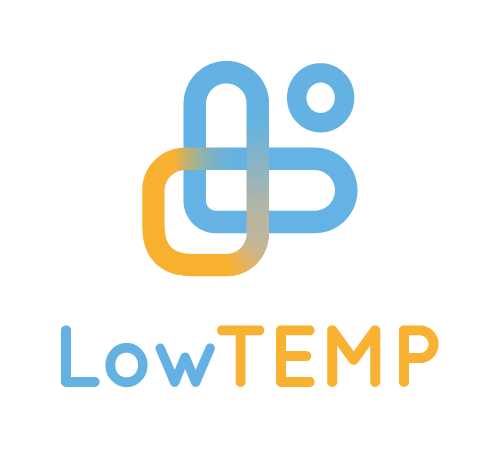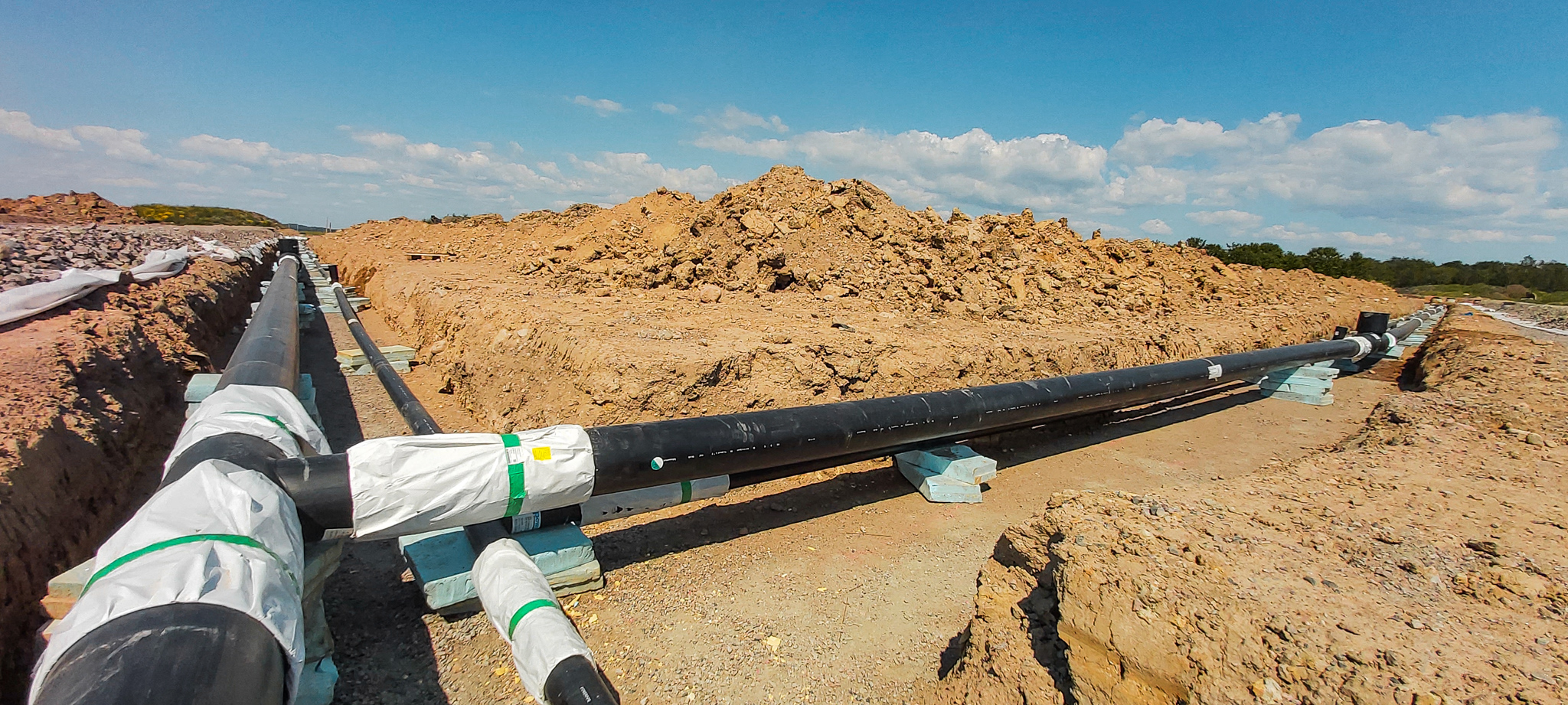District Heating Knowledge Platform
The District Heating Knowledge Platform was developed in the frame of the LowTEMP project, where 19 project partners from nine Baltic Sea Region (BSR) countries make district heating (DH) more sustainable by integrating low temperature district heating (LTDH) solutions in energy supply systems.
The DH Knowledge Platform makes available a data repository on DH in BSR countries and a set of ICT tools to provide actors responsible for energy supply systems with basic knowledge that allows an insight into the necessity of future sustainable DH concepts.
It includes general descriptions on LTDH and environmental sustainability evaluation for LTDH, key parameters for DH evaluation, DH profiles for BSR countries, information on the development of LTDH strategies, financing schemes and business models and implemented LTDH case studies. The provided DH ranking and comparison tool helps to compare and analyze heat loads, the coefficient of Relative Importance of Losses (RiL) and the primary energy factor (PEFs) of different regions for the potential development of a LTDH strategy.
The DH Knowledge Platform is addressed to DH operators and engineers, urban planners and energy mangers in municipalities to get an overview on the status quo of existing DH situations in the BSR countries, LTDH implementation strategies and measures, and the energy efficiency of heat distribution processes or heat losses in the grids.
 Report on collection, evaluation and processing of data and information on Knowledge Platform
Report on collection, evaluation and processing of data and information on Knowledge Platform
 User Manual for Region Related Data Entry and Modification in DH Knowledge Platform
User Manual for Region Related Data Entry and Modification in DH Knowledge Platform






